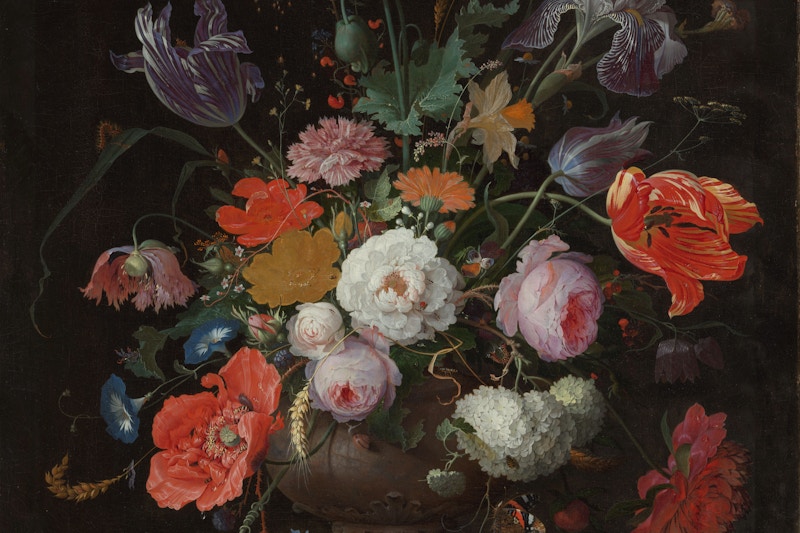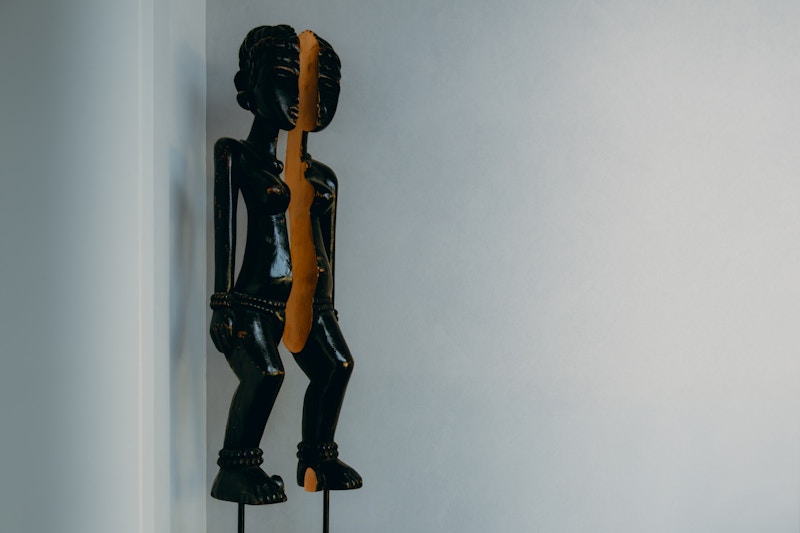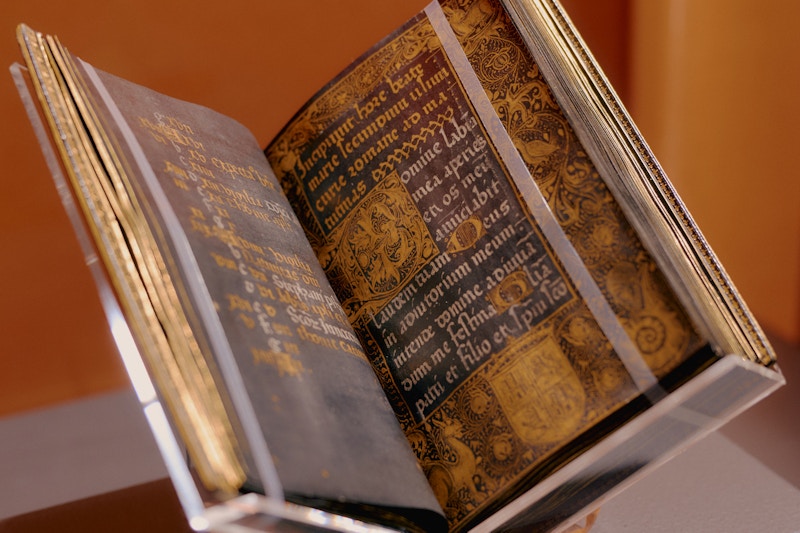TEFAF Stories
Six Must-Visit Gallery Exhibitions This Fall
Explore exhibitions from the TEFAF community—from timeless Japanese bronzes and the craftmanship of Limoges enamels to Urs Fischer’s playful debut into design and the metaphysical dialogue between Morandi and Fontana.
Read story
- TEFAF Editors
TEFAF Stories
For Jenna Gribbon, Paint Always Gets Personal
“Each person is an entire world, and I can explore endlessly,” says artist Jenna Gribbon on painting her favorite subjects: her wife and son
Read story
- Stephanie Sporn
















